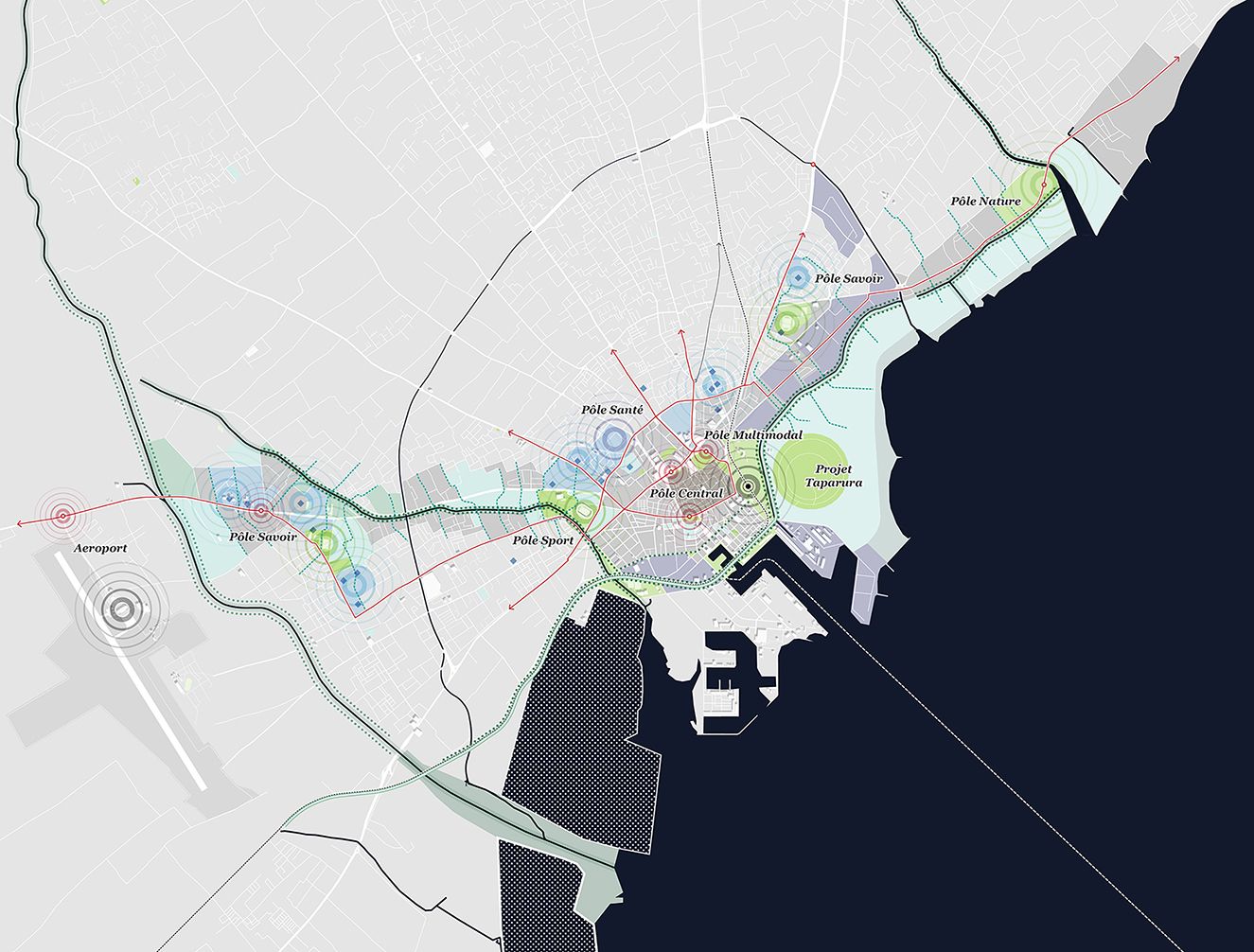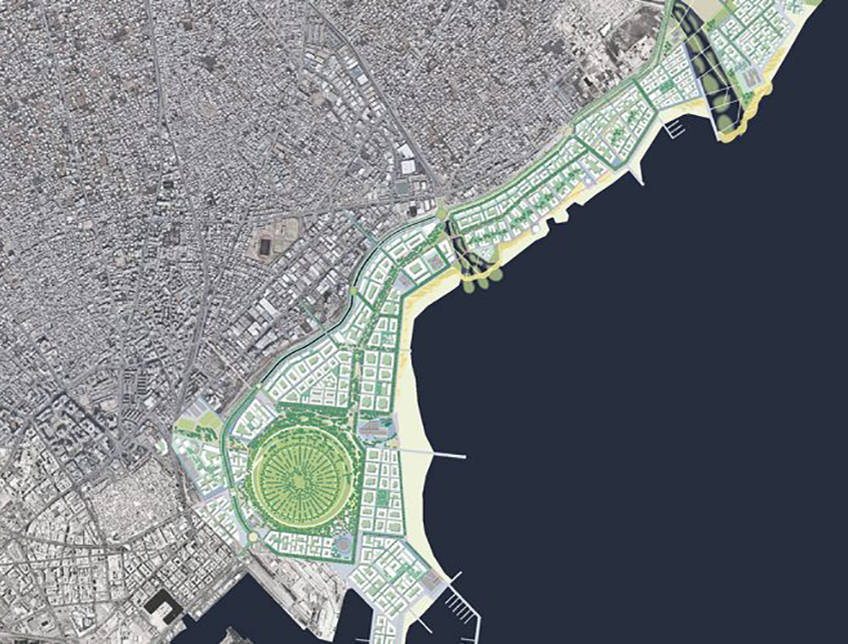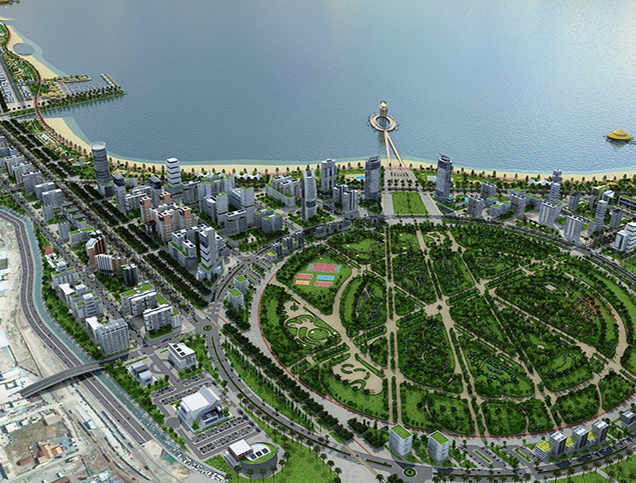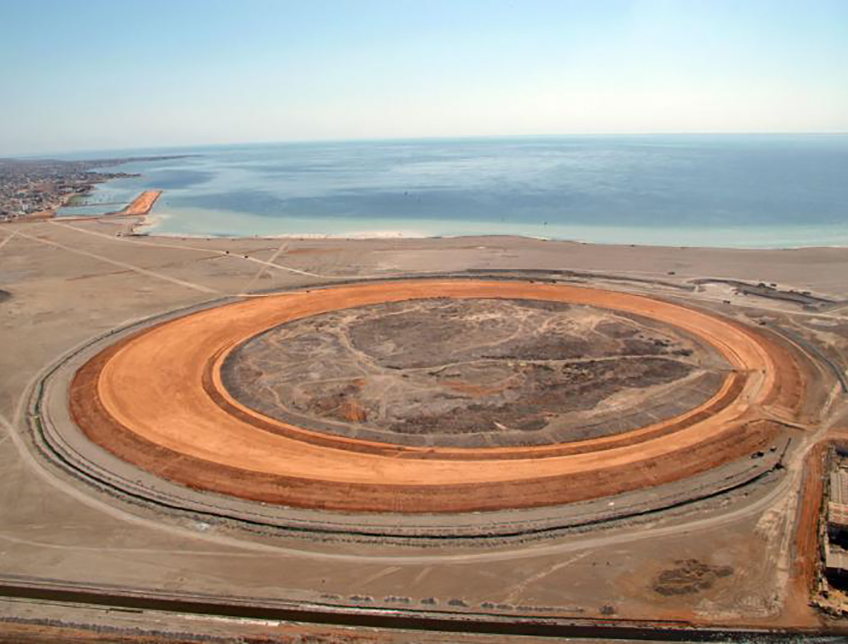
Close
responsive-lightbox domain was triggered too early. This is usually an indicator for some code in the plugin or theme running too early. Translations should be loaded at the init action or later. Please see Debugging in WordPress for more information. (This message was added in version 6.7.0.) in /home/kiju52ce/public_html/development/wp-includes/functions.php on line 6114updraftplus domain was triggered too early. This is usually an indicator for some code in the plugin or theme running too early. Translations should be loaded at the init action or later. Please see Debugging in WordPress for more information. (This message was added in version 6.7.0.) in /home/kiju52ce/public_html/development/wp-includes/functions.php on line 6114
Approach Words: Integrated City, Sustainability, Urban Livability
Public Policy Instruments: Financial Mechanism, Physical Intervention, Planning
Taparura, based on the ancient name of Sfax1, is a rehabilitation effort of the port located along the northern coastal area of Sfax city2. The project is an integral component of a comprehensive plan titled ‘Study and Planning of the North Coasts of the City of Sfax’ (SEACNVS)i designed to address pollution in the port of the city of Sfax which is affected by industrial waste. In doing so, it also aims to enhance the overall environmental quality of the Sfax region, the population of which is around 500 0003.

Title: Location of the Taparura Project in relation to its Surrounding in Sfax city.
Source: Click Here

Title: Master Plan of the Taparura project.
Source: Click Here

Title: 3D Rendering of Taparura.
Source: Click Here

Title: Construction Site of Tabarura Project.
Source: Click Here
Covering an area of 420 hectares4, the Sfax Taparura Project is the second major project conducted within the scope of the Urban Projects Finance Initiative (UPFI)5 ii. The overall aim of the project is to transform the town, affected by waste, into a vibrant urban district6. It envisions Taparura as an integrated urban development project, offering a range of services and infrastructure7. These include an efficient mobility system, elements to foster a dynamic culture within the area, places for recreation and leisure, as well as basic civic amenities such as health and educational institutes8. In providing these facilities, the development seeks to make Taparura an ‘attractive eco-neighborhood’ that adopts green energy and sustainable water management systems and fosters a sustainable lifestyle9.
The objective of the rehabilitation is also to reconnect the city of Sfax to its beaches, and subsequently drive local and international tourism10. In order to do this, the project consists of three primary baseline measures11.

Consultant/Designer
Following the decontamination of the site, the proposed master plan envisions the new urban district at the center of a park running across the coastline12. It proposes the construction of residential districts, hotels, recreational spaces, commercial establishments, service facilities and amenities, as well as green areas. It also aims to implement a social housing program13.
The project was implemented in two phases, with the first focusing on complete decontamination of the area, as well as development of land along the sea14. This phase has been completed. The second phase, currently in progress, introduces the construction of the urban center which would house civic amenities for residents and visitors15. Upon completion, the project is expected to accommodate approximately 50,000 to 70,000 residents16.
The project was developed by national and local authorities, including the Tunisian Ministry of Equipment, Housing and Land Use Planning and its autonomous company ‘Société d’Etude et d’Aménagement des Côtes Nord de la Ville de Sfax’17. The master plan for the urban district was prepared by the consulting company Royal HaskoningDHV18. Taparura project is funded by European Investment Bank (EIB)19 with an overall estimated cost of €403.2 million (USD 445 million)20. The project received recognition from the Union for the Mediterranean and its 43 member states, earning the UfM label in December 201421.
Project Link
Endnotes
References